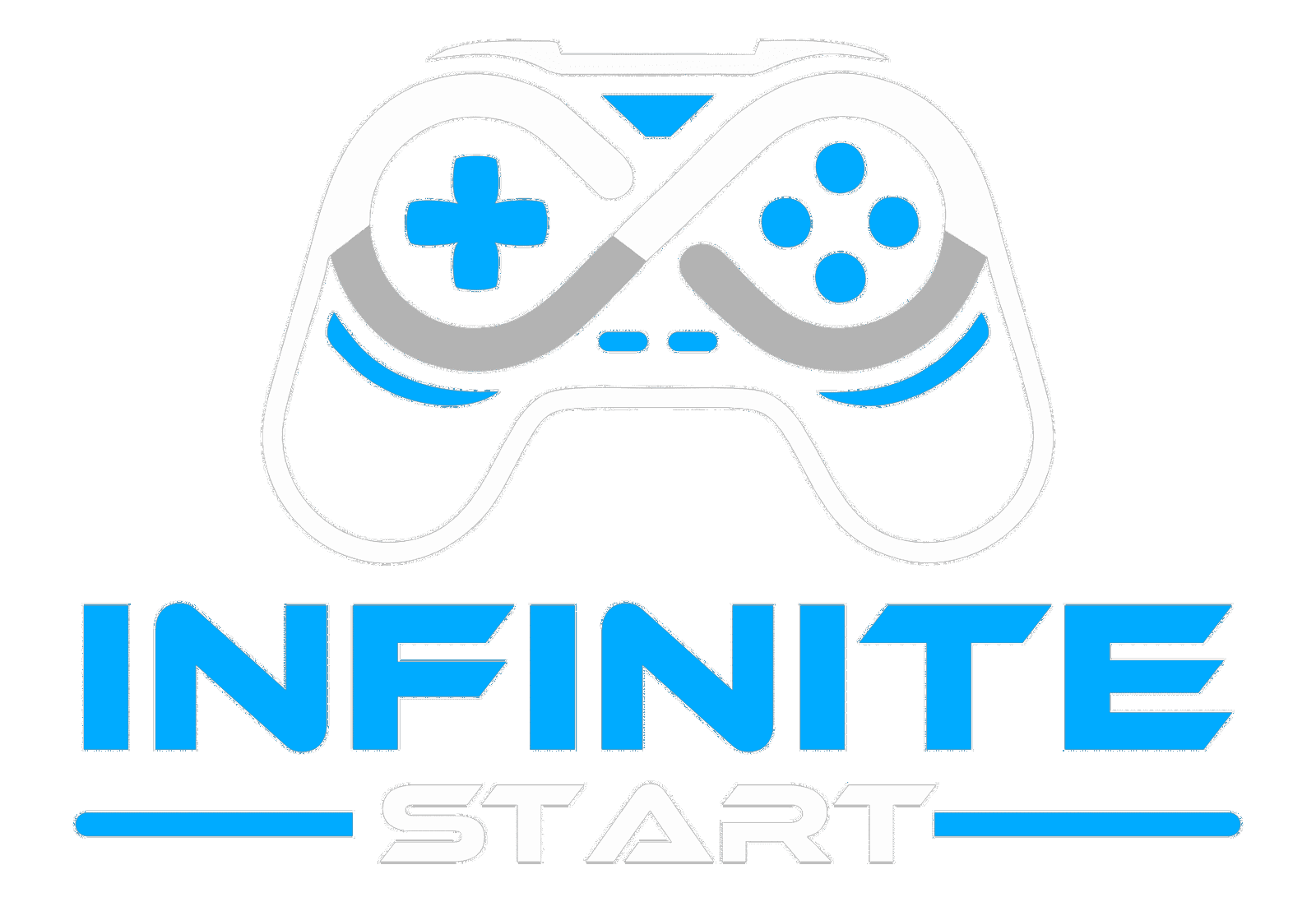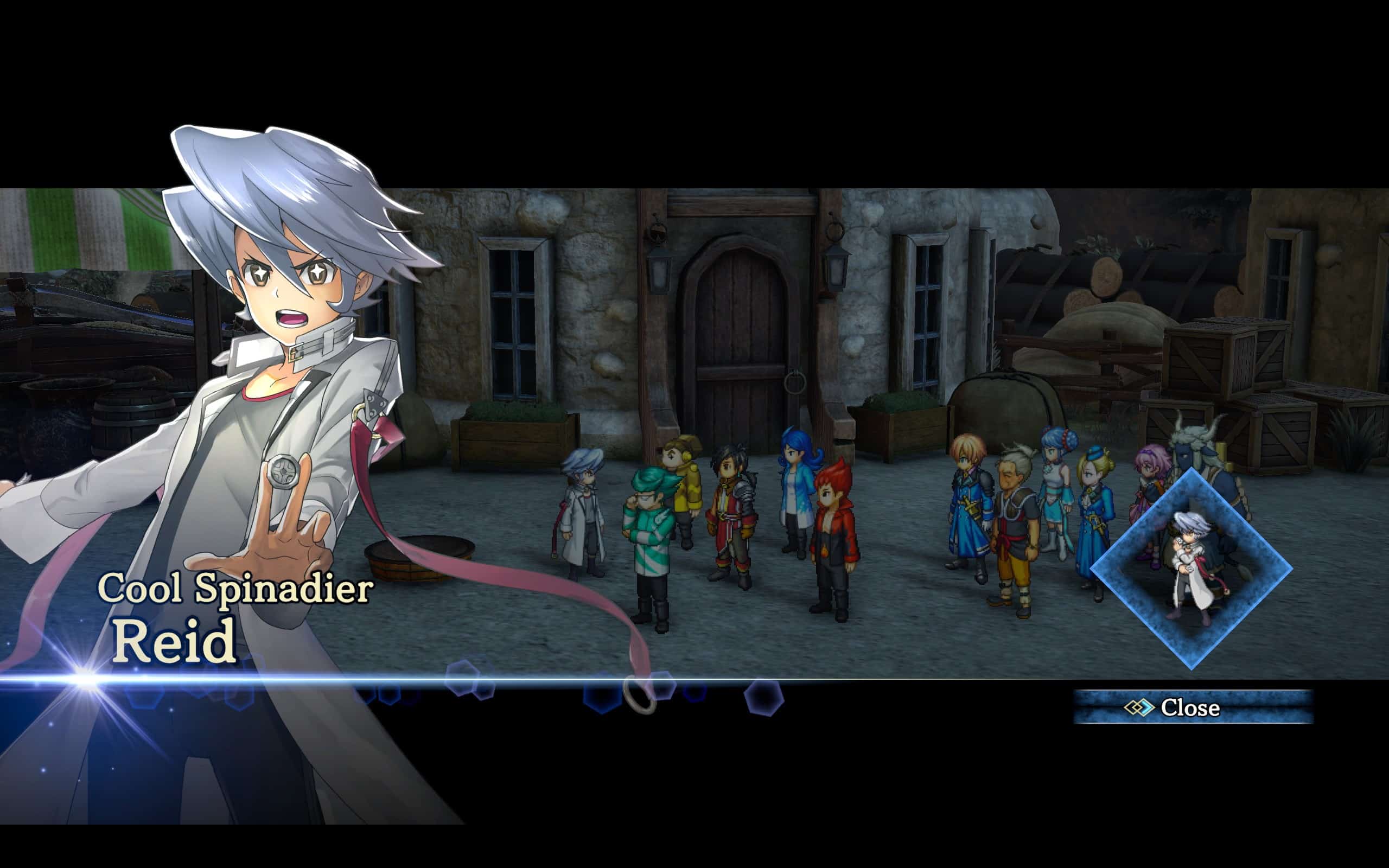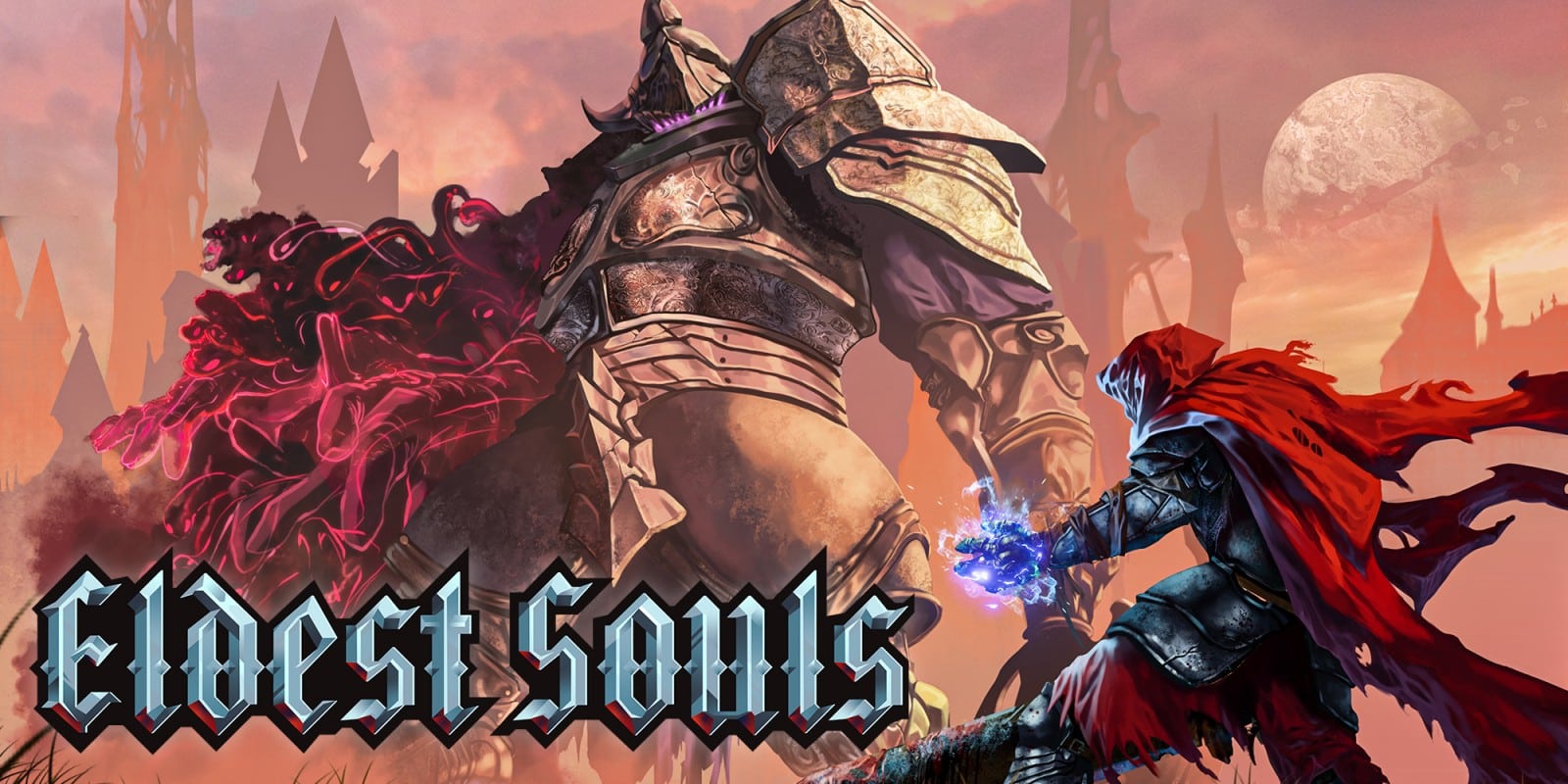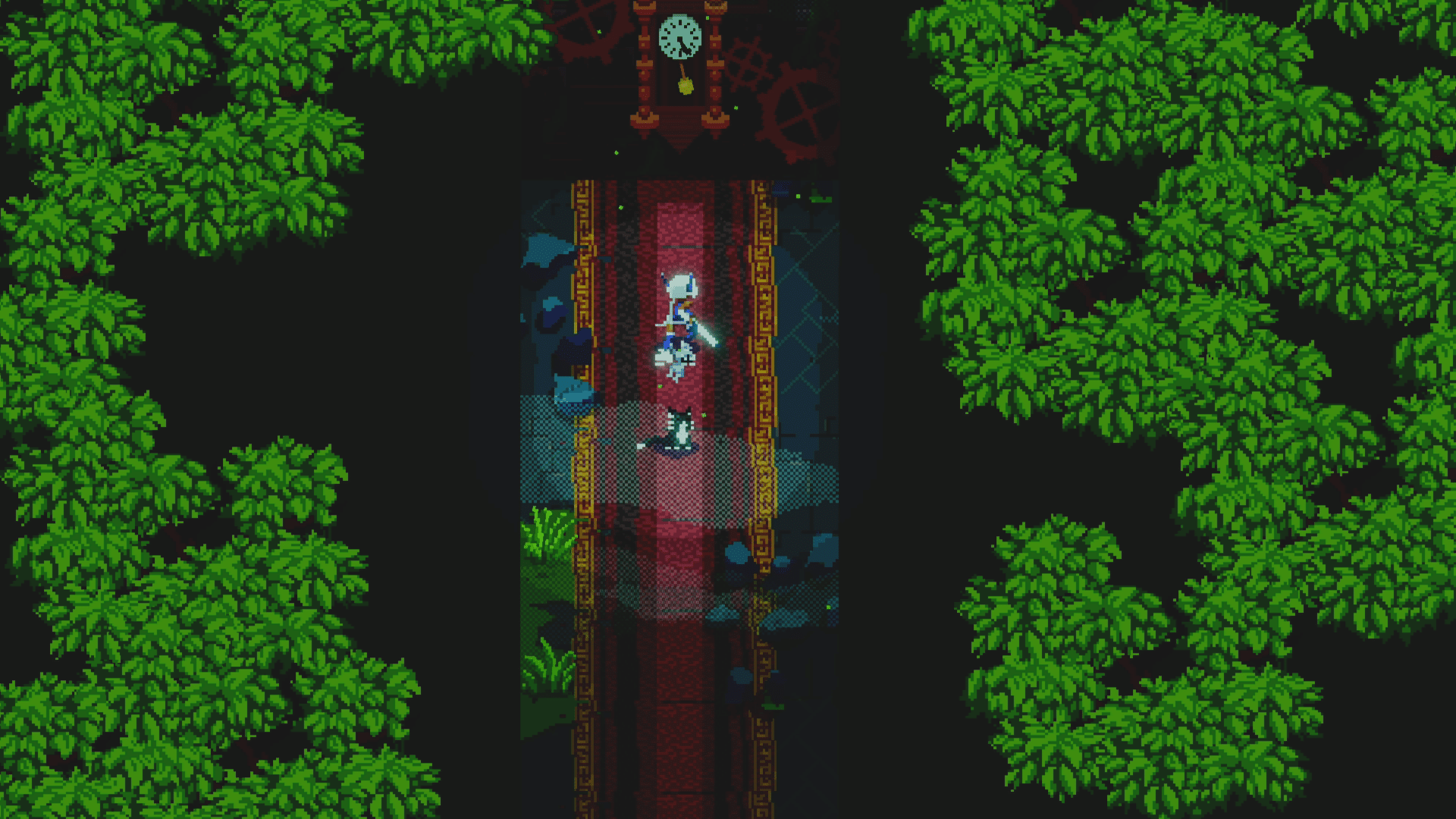The imminent launch of Nintendo Switch 2 naturally has brought a lot of hype among the worldwide gaming community, with there being so much debate surrounding its improvements and backward compatibility. One particularly interesting tidbit has emerged about the console’s peripheral development over the last few years, providing a functional continuity that bodes well for existing Switch players: the new console is said to be compatible with the original Nintendo Switch Joy-Con controllers. The revelation provides a strong incentive to players to think twice before jettisoning their existing Joy-Cons, even with the anticipations about the new generation’s controller upgrades.
Whereas the Switch 2’s self-branded Joy-Cons are set to bring a range of enhancements—in the form of an extended ergonomic design, simpler connectivity, and the addition of new functions like a standalone GameChat button—the reliability of the initial offerings cannot be overemphasized. Economically, the possession of the original Joy-Con also adds inestimable cost protection. At Switch 2 Joy-Con prices estimated at roughly $90 per pair, a set of readily accessible spares eliminates short-term cost from wear or damage by accident, always a lingering worry for heavy players.
In addition to simple cost-saving, the ongoing compatibility also adds much more to the console’s local multiplayer capability. The Nintendo Switch has always been the target of admiration for the capacity to enable the common gaming experience, and the Switch 2 appears set to continue in the footsteps. With up to eight controllers at a time, current Joy-Cons are able to add in without allowing the impromptu multiplayer experience to suffer. Such responsiveness is important to social gatherings and family life where gaming is usually the focus.
Secondly, the initial impression implies a small edge when in a pair-and-swop controller configuration. Small-handed gamers, for example, can expect that although the Switch 2 Joy-Con layout provides comfort for long gaming hours, the original, smaller layouts will still be better placed for some interactions, especially when accounting for the new controllers’ expected “mouse-like” functionality.
This hybrid method supports a customized and adaptive gaming experience, calibrated to the individualized preferences and ergonomic requirements. Thus, the recommendation to continue using the original Joy-Cons is not one of stinginess, but one of maximizing the extremely long relationship with the Nintendo Switch 2 ecosystem.















